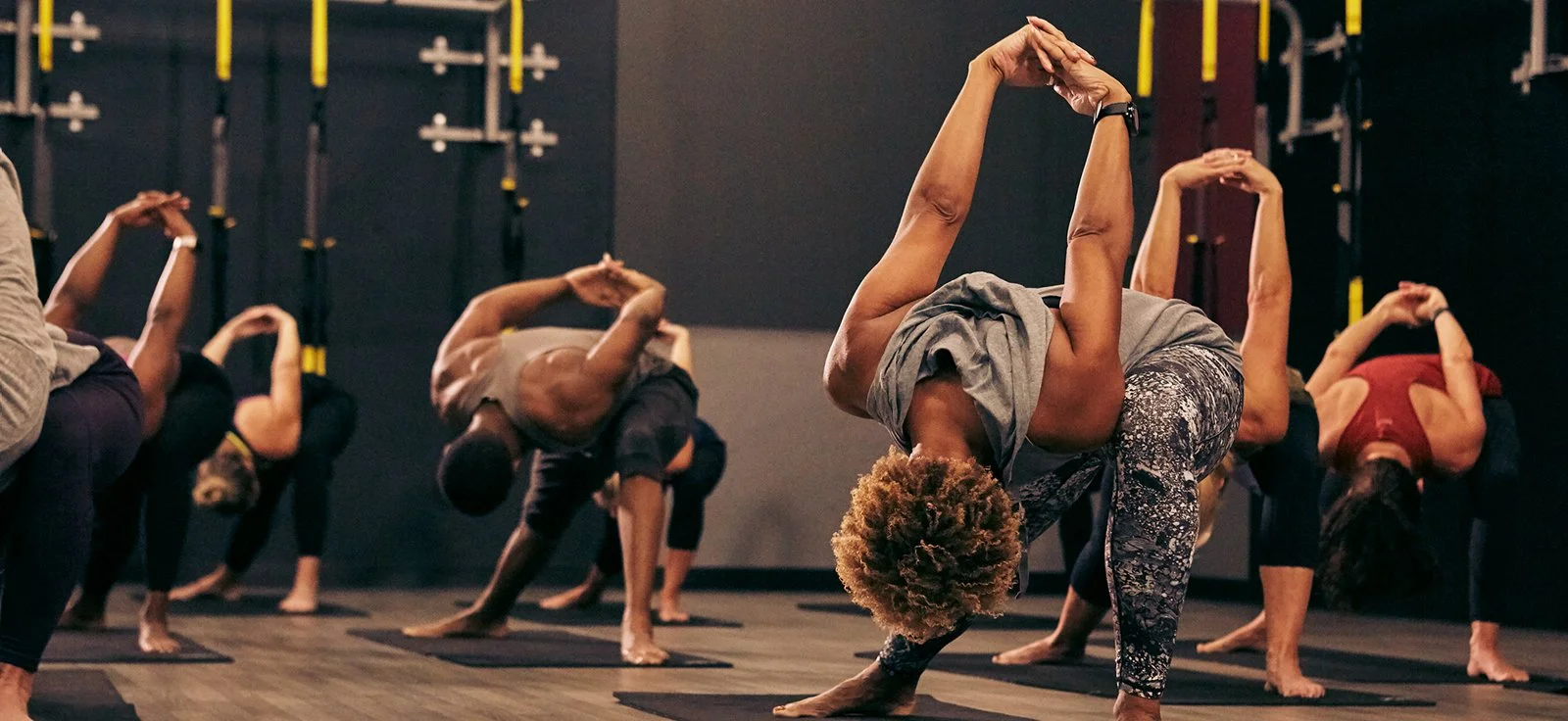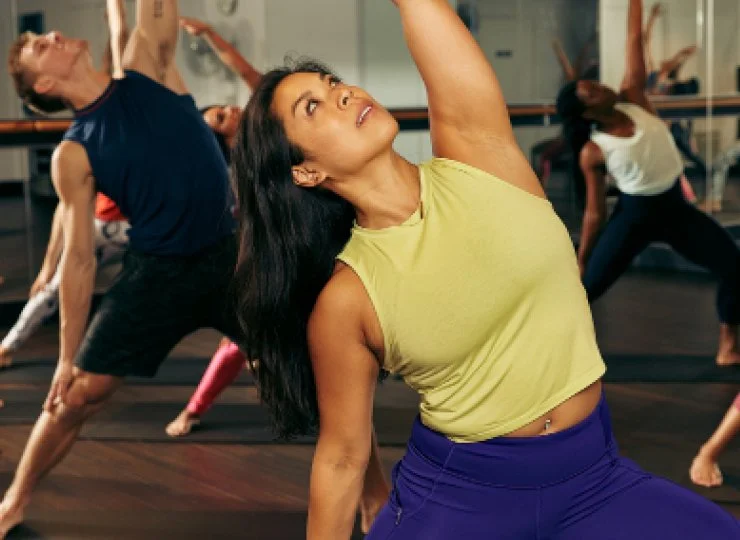Fitness for Longevity: The 5 Types of Exercise That Extend Your Life
Living longer isn’t just about adding years to your life—it’s about adding life to your years. While medical advances continue to improve life expectancy, your daily movement habits remain one of the most powerful ways to promote longevity.
Fortunately, you don’t have to train like a professional athlete to see lasting benefits. Science now points to five essential types of exercise that, when combined, offer profound effects on lifespan, energy, and overall health.
Let’s explore each one—and how to integrate them into a sustainable weekly routine.
1. Aerobic Exercise: Strengthening Your Heart and Lungs
When most people think of exercise, cardio comes to mind first. And for good reason. Aerobic activities—like walking, running, swimming, or cycling—have a direct impact on cardiovascular health, lung capacity, and endurance.
More importantly, studies consistently show that moderate aerobic activity can reduce your risk of heart disease, stroke, type 2 diabetes, and early death.
Even brisk walking for 30 minutes a day, five days a week, significantly improves life expectancy. The key is consistency, not intensity.
Best practices:
Aim for at least 150 minutes of moderate aerobic activity per week
Break it into 20–30 minute sessions
Choose activities that are enjoyable and joint-friendly
2. Strength Training: Muscle Is a Lifesaver
As we age, muscle mass naturally declines—a process called sarcopenia. Without resistance training, this loss accelerates, impacting mobility, balance, and metabolic health.
Strength training doesn’t just build biceps—it’s been shown to lower the risk of osteoporosis, insulin resistance, and even certain cancers. Maintaining strong muscles also supports joint function, posture, and independence later in life.
Importantly, strength training helps preserve lean body mass, which supports a healthy weight and increases daily energy use.
Best practices:
Include 2–3 full-body strength sessions per week
Focus on compound movements like squats, push-ups, and rows
Use free weights, machines, or body weight—whatever fits your level
3. Mobility and Flexibility: Staying Fluid as You Age
While often overlooked, flexibility and mobility work keep your joints supple and your movements smooth. Without it, even the strongest muscles can become limited by tightness or imbalances.
Mobility-focused practices, such as yoga, dynamic stretching, or foam rolling, improve range of motion and reduce stiffness. Over time, they can lower the risk of falls, strains, and posture-related pain.
As we grow older, these gentle practices become essential for maintaining independence and daily function.
Best practices:
Incorporate stretching or mobility work 3–5 times per week
Focus on hips, shoulders, spine, and hamstrings
Use it as a warm-up, cool-down, or separate session
4. Balance and Stability: Preventing Injury and Falls
Falls are a leading cause of injury in older adults. Yet balance training is often an afterthought in most exercise routines.
By improving coordination, stability, and reflexes, balance-focused exercises reduce the chance of falls and related complications. In fact, even younger adults benefit from building this skill early on.
Balance training also activates deep stabilizing muscles in the core and lower body—helping with everything from lifting groceries to navigating uneven ground.
Best practices:
Add balance drills 2–3 times per week
Try standing on one leg, heel-to-toe walking, or tai chi
Integrate balance challenges into strength routines (e.g., single-leg deadlifts)
5. High-Intensity Intervals: Boosting Efficiency and Longevity
Short bursts of intense effort followed by rest—also known as high-intensity interval training (HIIT)—have gained popularity for their efficiency. But the real magic is in how they affect metabolic and cardiovascular health.
HIIT has been shown to improve insulin sensitivity, VO2 max, and mitochondrial function—all key markers of healthy aging. And it does so in a fraction of the time compared to steady-state cardio.
However, it’s not about going all-out daily. A few well-structured sessions per week are enough to see the benefits—especially when balanced with recovery and lower-intensity movement.
Best practices:
Include 1–2 short HIIT sessions per week
Alternate between 20–40 seconds of effort and 1–2 minutes of rest
Keep it safe and scalable—sprinting, biking, or bodyweight circuits all work
How to Combine All Five for a Longer, Stronger Life
Here’s a sample week that integrates all five movement types in a manageable, flexible way:
Monday: Strength training + short mobility session
Tuesday: 30-minute brisk walk + balance drills
Wednesday: Yoga or stretching
Thursday: HIIT (20 minutes) + mobility
Friday: Strength training
Saturday: Long walk, hike, or swim
Sunday: Rest or light stretching
This blend doesn’t just promote physical longevity—it also supports mental health, sleep quality, and mood regulation.
Why Movement Matters More Than Perfection
No single workout will add years to your life overnight. But moving regularly in multiple ways builds resilience over time. The most long-lived individuals—across cultures—tend to stay physically active into their later years, even if not through formal “exercise.”
They garden, walk, dance, and lift everyday objects. It’s this cumulative movement that matters most.
So rather than chasing intensity or aesthetics, shift the focus to function, energy, and sustainability. That mindset is what fuels lifelong health.
Final Thoughts
Longevity isn’t just about avoiding disease—it’s about preserving strength, balance, and joy in movement. The five types of exercise outlined above each offer a unique benefit, but together, they form a powerful recipe for a long, vibrant life.
Start where you are. Add what’s missing. And keep it consistent.
Your future self will thank you—not just for the extra years, but for the quality of those years.


